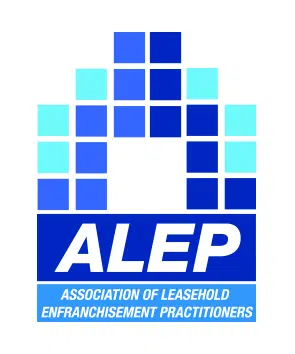In West Berkshire District Council and Reading Borough Council v. Secretary of State for Communities and Local Government [2016] EWCA Civ 441 the Court of Appeal upheld the Written Ministerial Statement (WMS) of 28 November 2014 that prohibited Local Planning Authorities (LPA’s) requesting affordable housing and tariff based contribution on sites of 10 or fewer homes and introduced a vacant building credit to set against affordable housing contributions
The requirements to provide affordable housing and tariff-based contributions (e.g. education and open space financial contributions) have been the norm for all development schemes. The Government decided that this practice was effectively producing more harm than good and was contributing to the construction of new housing falling significantly below housing need.
With the intent to revitalize housing development the Government proposed to scrap the requirements on development schemes with 10 or less homes by the WMS.
The original WMS stated:
(i) Developments of 10 units or 1000 sq m or less (including annexes and extensions) would be excluded from affordable housing levies and tariff based contributions;
(ii) A lower threshold would apply in designated rural areas, National Parks and Areas of Outstanding Natural Beauty (as defined in section 157 of the Housing Act 1985), with developments of 5 units or less to be excluded from affordable housing levies and tariff based contributions. Development of between 6 and 10 units would be subject to a commuted sum payable on or after completion;
(iii) Where a vacant building is brought back into use or demolished for redevelopment, local authorities will provide a 'credit', equivalent to the floorspace of the vacant building, to be set against affordable housing contributions.
West Berkshire and Reading, initially challenged the WMS and Holgate J held that planning policy promulgated by the Secretary of State in the WMS was unlawful.
The Court of Appeal found that the process to introduce the WMS had been fair. The judgment shows a broad approach in construing the way in which the Government can utilise its policy-making powers.
Upon the original announcement of the WMS in November 2014 the National Planning Practice Guidance (NPPG) was amended to insert the new polices, and subsequently re amended, following the judgment from Holgate J, to remove the policies.
As things stand Ministers will have to decide whether to re issue the policies, but, until that happens, the policies do not exist
Housing and Planning Minister, Brandon Lewis has commented that the judgment “restores common sense” but a spokesman for the DCLG has said that further information on the policies would be announced in due course
The uncertainty over the reinstatement of the policies in the NPPG leaves a very dark cloud over LPA’s. Some LPA’s have development plans that rely on affordable housing coming forward from small sites. Those plans could soon be in conflict with Government policy
All LPA’s will have to take a view on whether to adopt the “writing on the wall” approach of the possible incoming policy change or continue to require affordable housing and tariff contributions on ALL developments.
One would expect that the Government will update the NPPG expediently but until it is clearer as to whether the policies are to be reinstated, LPA’s can continue to request affordable housing and other chargeable tariffs on developments that are 10 Units or 1000sq m or less --but they do have a discretion not to do so.






A Mackman Group collaboration - market research by Mackman Research | website design by Mackman